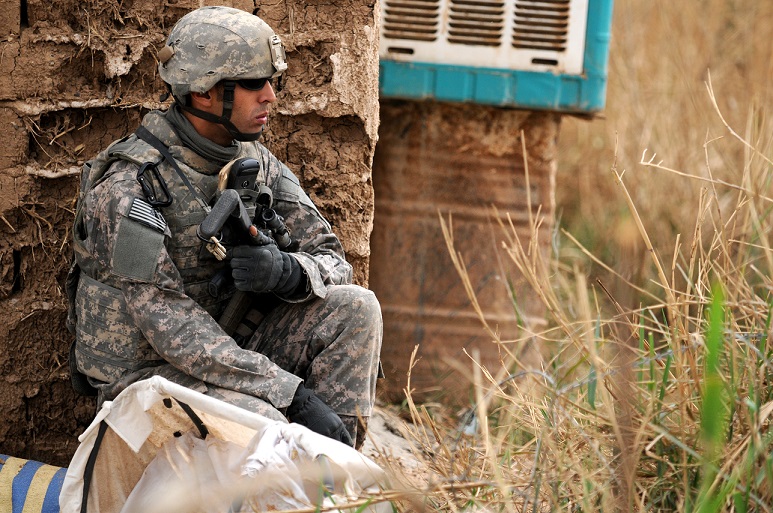
This post is also available in:
 עברית (Hebrew)
עברית (Hebrew)
The U.S. military is interested in gaining the capability of seeing around corners for various missions. This could someday lead to devices that can peer into a room and detect people inside, and identify if they are armed, for example. NASA wants to use such method to image caves, perhaps doing so from orbit. The technique might one day also let rescue workers peer into earthquake-damaged buildings and help self-driving cars navigate tricky intersections.
Funded by DARPA, the researchers from Rice, Stanford, Princeton, and Southern Methodist University created a new laser-based system that can image around corners in real-time. The new technology beats the previous technique on resolution and scanning speed.
The original way of corner peeping, dating to 2012, studies the time it takes laser light to go to a reflective surface, onward to an object and back again. Such time-of-flight measurement requires hours of scanning time to produce a resolution measured in centimeters. Other methods have since been developed that look at reflected light in an image to infer missing parts.
Instead, the new method looks at speckle, a shimmering interference pattern that in many laser applications is a bug; here it is a feature because it contains a trove of spatial information. To get the image hidden in the speckle — a process called non-line-of-sight correlography — involves a bear of a calculation. The researchers used deep-learning methods to accelerate the analysis, according to spectrum.ieee.org.
“Image acquisition takes a quarter of a second, and we’re getting sub-millimeter resolution,” says Chris Metzler, the leader of the project, The problem is that the system can achieve these results only by greatly narrowing the field of view.
“Speckle encodes interference information, and as the area gets larger, the resolution gets worse,” says Ashok Veeraraghavan, an associate professor of electrical engineering and computer science at Rice. “It’s not ideal to image a room; it’s ideal to image an ID badge.”
The two methods are complementary: Time-of-flight gets you the room, the guy standing in that room, and maybe a hint of a badge. Speckle analysis reads the badge. Doing all that would require separate systems operating two lasers at different wavelengths, to avoid interference.
The findings appeared in the journal Optica.

























